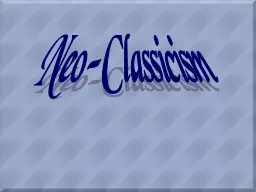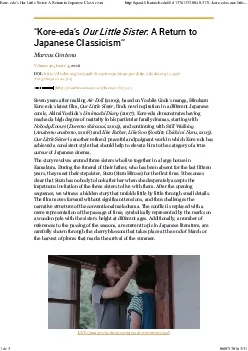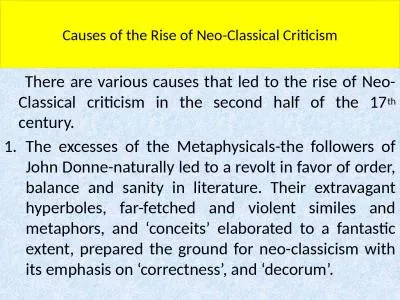PPT-The Rebirth of Classicism
Author : mitsue-stanley | Published Date : 2018-01-02
Western Europe Eastern Europe Deësis Mosaic Hagia Sophia Raphael The School of Athens 1511 Characteristics of Renaissance Art Vivid Bright Colors Perspective
Presentation Embed Code
Download Presentation
Download Presentation The PPT/PDF document "The Rebirth of Classicism" is the property of its rightful owner. Permission is granted to download and print the materials on this website for personal, non-commercial use only, and to display it on your personal computer provided you do not modify the materials and that you retain all copyright notices contained in the materials. By downloading content from our website, you accept the terms of this agreement.
The Rebirth of Classicism: Transcript
Download Rules Of Document
"The Rebirth of Classicism"The content belongs to its owner. You may download and print it for personal use, without modification, and keep all copyright notices. By downloading, you agree to these terms.
Related Documents

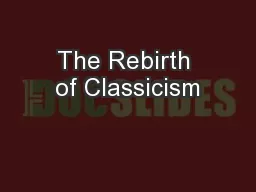
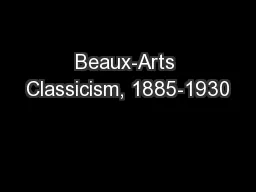

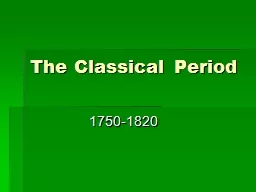
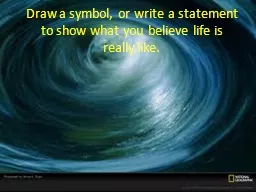
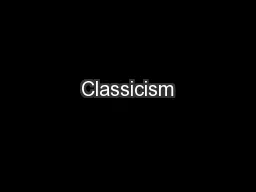
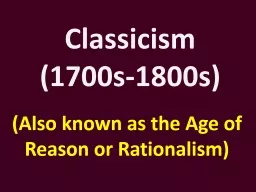

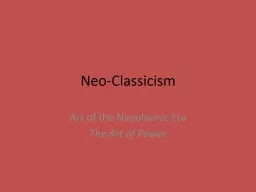
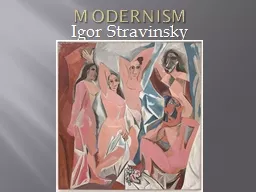
![The Play and The Theatre Week 4 [Part 1 ] Introduction to Theatre](https://thumbs.docslides.com/763708/the-play-and-the-theatre-week-4-part-1-introduction-to-theatre.jpg)
